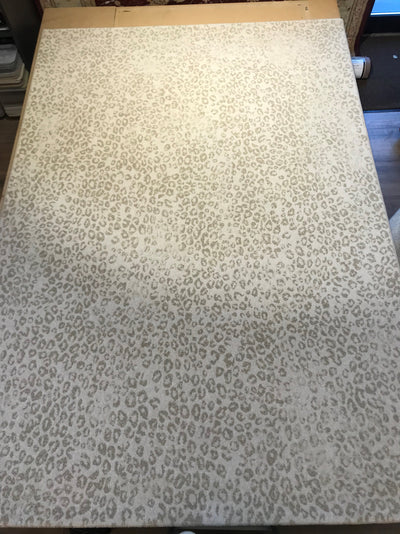How to Choose the Right Rug
For a living room to feel pulled together, most designers will tell you, it needs a rug.
But rugs can be expensive. And because a large-scale item like that is going to have a big effect on the way a room looks and feels, choosing one can be intimidating. The right rug may live in your home for decades. The wrong rug will serve as a daily reminder of the money you wasted — and the money you’ll have to spend if you want to replace it.
And getting it wrong is all too easy, given the range of materials, colours, patterns and sizes available. Finding the ideal rug is a complicated puzzle
We are here to help you solve that puzzle with some simple advice
- Use One or a Few
There is no rule that says you have to limit yourself to a single rug in the living room. Designers often use multiple rugs in larger rooms to define different areas. So how do you know whether one or a few is best? Smaller spaces, and living rooms enclosed by walls and doorways, usually benefit from a single large rug.
Dealing with apartments where the goal is to expand the sense of usable space in a living room it is usually best to use one rug, and make it as big as I possible
Sprawling, open-concept spaces, like lofts, are more likely to benefit from multiple rugs, which help ground disparate groupings of furniture and can be used to separate a living area from a dining or media area, in the absence of walls.
2. Determine the Size
It is important to work around a room’s obstructions when planning a rug purchase. We always start with the practical and then get to the decorative, while considering the architecture and mechanics of a home.
Some things to consider
- Are there doorways and door swings to consider
- Is there any floor grille for HVAC that you don’t want to cover
- Is there a fireplace where you have to deal with a hearth?”
After taking these details into account, consider circulation around the seating areas. A common way to size a rug is to ensure that it reaches underneath all four feet of all the furniture.
Or you could use a smaller rug that runs under the front feet of the sofas and chairs, and stops there. Just make sure that smaller objects at the rug’s edges, like end tables and floor lamps, are completely on or off the rug - You don’t want unbalanced, rocking end tables every time you put something down.
Small rugs tend to look a little bit lost and unfinished so if you have a decent size space – go large!
- Choose Patterned or Plain
A boldly patterned rug can serve as the defining feature of a living area, but because it has so much impact, it’s a choice that requires courage. Deciding whether to go with a graphic statement rug or something more understated comes down to personal preference, as well as your overall design vision and where your home is.
If you decide to shop for a patterned rug, there are endless choices available, from free-form contemporary designs to more traditional ones. But if you’d rather keep it simple, there are plenty of opportunities to introduce pattern at a smaller scale. For more laid-back, Zen environments, there are fantastically beautiful sisals with patterns in them, like herringbones and subtle stripes.
- Add Binding
Rug binding is the process of wrapping a strip of fabric around the carpet edge and stitching it in place with a binding machine. You can use rug binding to create custom area rugs or to repair a frayed edge. It’s usually the least expensive and easiest way to finish an edge and to dress a rug up a bit.
Adding a fabulous binding around the edge doesn’t increase the price enormously but it’s very chic and beautiful. There’s a wide assortment of colours in the rug binding palette, so it’s easy to find something that matches.






